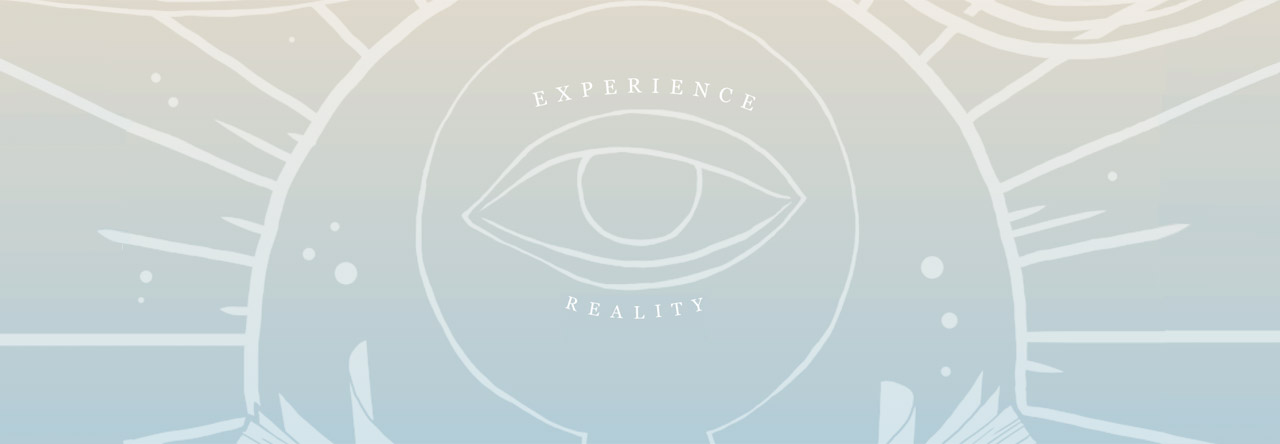Springtime is certainly a wonderful time of year. From the extra-fragrant whiffs around every corner to the sudden increased numbers in the bird chorus, it’s hard to stay inside and miss the unfolding of a new season. The warming weather is my queue to get outside and into some potting soil.
Last year, I started a mini container garden that provided me with endless hours of enjoyment. I find that simply sitting outside and pruning a potted plant or two can provide a great space for many activities from meditation to a nice spot to eat dinner and reflect on the day.
 A few weeks ago, I picked up several new plants to spruce up my collection of the winter-worn plants that somehow didn’t make it inside during the cold. My garden gnome Alice stays on guard while I’m away, but I’m not sure how attentive he is. Here’s a picture of my “Top Step” Garden, showing that you can have garden anywhere there’s sun light access!
A few weeks ago, I picked up several new plants to spruce up my collection of the winter-worn plants that somehow didn’t make it inside during the cold. My garden gnome Alice stays on guard while I’m away, but I’m not sure how attentive he is. Here’s a picture of my “Top Step” Garden, showing that you can have garden anywhere there’s sun light access!
 Two books I’ve recently bought are showing me the possibilities beyond container gardens, even about gardening on the roof! Planting Green Roofs and Living Walls by Nigel Dunnett and Noel Kingsbury is a fascinating guide to the whys and the hows of planting sustainable gardens in unlikely places. Check out this read for rooftop greening options that provide better drainage, insulation, and a better overall use of our planet’s resources.
Two books I’ve recently bought are showing me the possibilities beyond container gardens, even about gardening on the roof! Planting Green Roofs and Living Walls by Nigel Dunnett and Noel Kingsbury is a fascinating guide to the whys and the hows of planting sustainable gardens in unlikely places. Check out this read for rooftop greening options that provide better drainage, insulation, and a better overall use of our planet’s resources.
 Garden Stone: Creative Landscaping with Plants and Stone by Barbara Pleasant has gotten me thinking about other aspects of garden design. She provides several great ideas of blending various plants and stones throughout the garden to create a sense of balanced energy.
Garden Stone: Creative Landscaping with Plants and Stone by Barbara Pleasant has gotten me thinking about other aspects of garden design. She provides several great ideas of blending various plants and stones throughout the garden to create a sense of balanced energy.
Drop by our store to see our great selection of gardening books from Southern gardening to floral arrangements and DIY backyard spaces!
-Peyton
|
Springtime is certainly a wonderful time of year. From the extra-fragrant whiffs around every corner to the sudden increased numbers in the bird chorus, it’s hard to stay inside and miss the unfolding of a new season. The warming weather is my queue to get outside and into some potting soil. Last year, I started a mini container garden that provided me with endless hours of enjoyment. I find that simply sitting outside and pruning a potted plant or two can provide a great space for many activities from meditation to a nice spot to eat dinner and reflect on the day. A few weeks ago, I picked up several new plants to spruce up my collection of the winter-worn plants that somehow didn’t make it inside during the cold. My garden gnome Alice stays on guard while I’m away, but I’m not sure how attentive he is. Here’s a picture of my “Top Step” Garden, showing that you can have garden anywhere there’s sun light access! Two books I’ve recently bought are showing me the possibilities beyond container gardens, even about gardening on the roof! Planting Green Roofs and Living Walls by Nigel Dunnett and Noel Kingsbury is a fascinating guide to the whys and the hows of planting sustainable gardens in unlikely places. Check out this read for rooftop greening options that provide better drainage, insulation, and a better overall use of our planet’s resources. Garden Stone: Creative Landscaping with Plants and Stone by Barbara Pleasant has gotten me thinking about other aspects of garden design. She provides several great ideas of blending various plants and stones throughout the garden to create a sense of balanced energy.
Drop by our store to see our great selection of gardening books from Southern gardening to floral arrangements and DIY backyard spaces! |
Springtime is certainly a wonderful time of year. From the extra-fragrant whiffs around every corner to the sudden increased numbers in the bird chorus, it’s hard to stay inside and miss the unfolding of a new season. The warming weather is my queue to get outside and into some potting soil. Last year, I started a mini container garden that provided me with endless hours of enjoyment. I find that simply sitting outside and pruning a potted plant or two can provide a great space for many activities from meditation to a nice spot to eat dinner and reflect on the day.
A few weeks ago, I picked up several new plants to spruce up my collection of the winter-worn plants that somehow didn’t make it inside during the cold. My garden gnome Alice stays on guard while I’m away, but I’m not sure how attentive he is. Here’s a picture of my “Top Step” Garden, showing that you can have garden anywhere there’s sun light access!
Two books I’ve recently bought are showing me the possibilities beyond container gardens, even about gardening on the roof! Planting Green Roofs and Living Walls by Nigel Dunnett and Noel Kingsbury is a fascinating guide to the whys and the hows of planting sustainable gardens in unlikely places. Check out this read for rooftop greening options that provide better drainage, insulation, and a better overall use of our planet’s resources. Garden Stone: Creative Landscaping with Plants and Stone by Barbara Pleasant has gotten me thinking about other aspects of garden design. She provides several great ideas of blending various plants and stones throughout the garden to create a sense of balanced energy.
Drop by our store to see our great selection of gardening books from Southern gardening to floral arrangements and DIY backyard spaces!Springtime is certainly a wonderful time of year. From the extra-fragrant whiffs around every corner to the sudden increased numbers in the bird chorus, it’s hard to stay inside and miss the unfolding of a new season. The warming weather is my queue to get outside and into some potting soil. Last year, I started a mini container garden that provided me with endless hours of enjoyment. I find that simply sitting outside and pruning a potted plant or two can provide a great space for many activities from meditation to a nice spot to eat dinner and reflect on the day. A few weeks ago, I picked up several new plants to spruce up my collection of the winter-worn plants that somehow didn’t make it inside during the cold. My garden gnome Alice stays on guard while I’m away, but I’m not sure how attentive he is. Here’s a picture of my “Top Step” Garden, showing that you can have garden anywhere there’s sun light access! Two books I’ve recently bought are showing me the possibilities beyond container gardens, even about gardening on the roof! Planting Green Roofs and Living Walls by Nigel Dunnett and Noel Kingsbury is a fascinating guide to the whys and the hows of planting sustainable gardens in unlikely places. Check out this read for rooftop greening options that provide better drainage, insulation, and a better overall use of our planet’s resources. Garden Stone: Creative Landscaping with Plants and Stone by Barbara Pleasant has gotten me thinking about other aspects of garden design. She provides several great ideas of blending various plants and stones throughout the garden to create a sense of balanced energy. Drop by our store to see our great selection of gardening books from Southern gardening to floral arrangements and DIY backyard spaces!




 Jim Shepard’s third story collection, Like You’d Understand, Anyway, was a finalist for the National Book Award and won The Story Prize. Project X won the 2005 Library of Congress/Massachusetts Book Award for Fiction, as well as the ALEX Award from the American Library Association.
Jim Shepard’s third story collection, Like You’d Understand, Anyway, was a finalist for the National Book Award and won The Story Prize. Project X won the 2005 Library of Congress/Massachusetts Book Award for Fiction, as well as the ALEX Award from the American Library Association. His short fiction has appeared in, among other magazines, Harper’s, McSweeney’s, The Paris Review, The Atlantic Monthly, Esquire, DoubleTake, the New Yorker, Granta, Zoetrope: All-Story, and Playboy, and he was a columnist on film for the magazine The Believer. Four of his stories have been chosen for the Best American Short Stories, and one for a Pushcart Prize. He teaches at Williams College and in the Warren Wilson MFA program, and lives in Williamstown with his wife Karen Shepard, his three children, and two beagles. (Bio Source:
His short fiction has appeared in, among other magazines, Harper’s, McSweeney’s, The Paris Review, The Atlantic Monthly, Esquire, DoubleTake, the New Yorker, Granta, Zoetrope: All-Story, and Playboy, and he was a columnist on film for the magazine The Believer. Four of his stories have been chosen for the Best American Short Stories, and one for a Pushcart Prize. He teaches at Williams College and in the Warren Wilson MFA program, and lives in Williamstown with his wife Karen Shepard, his three children, and two beagles. (Bio Source: 


 Lemurians were elevated Monday as Greg Iles came to visit us.
Lemurians were elevated Monday as Greg Iles came to visit us.










